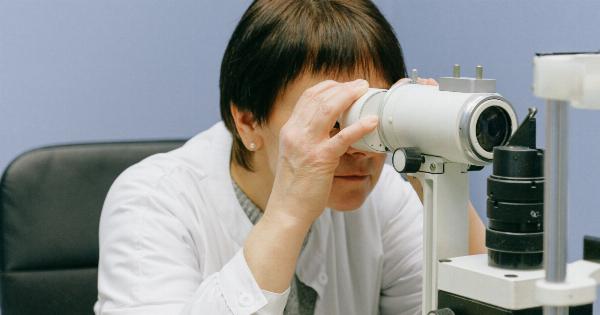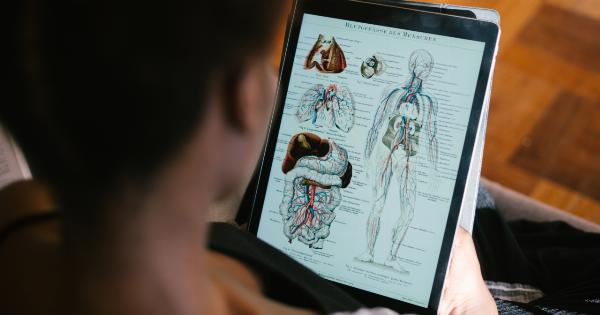When it comes to female pleasure, the clitoris has been the star of the show for a long time. However, there is another spot that is often overlooked and underrated: the Point G.
What is the Point G?
The Point G, also known as the Gräfenberg spot, is a small area located on the anterior wall of the vagina, about two inches in. It was named after the gynecologist Ernst Gräfenberg who first documented it in the 1950s.
Unlike the clitoris, which is mainly external, the Point G is internal and can be more difficult to locate and stimulate. It is said to be an erogenous zone that, when stimulated, can lead to powerful and intense orgasms.
Is the Point G real?
Despite being a topic of debate for decades, the existence and nature of the Point G is still not entirely understood by researchers and the medical community.
Some studies have found evidence of a sensitive area in the vagina, while others have disputed its existence.
However, according to many women who have experienced it, the Point G is very real. Some describe it as a spongy or ridged area that becomes engorged when stimulated, while others say it feels like a small bump or button.
How to find the Point G
For those interested in exploring the Point G, finding it can be a bit of a challenge. Here are some tips:.
- Start by emptying your bladder and relaxing your body.
- Use your fingers to explore the front vaginal wall, pressing gently and feeling for any changes in texture or sensation.
- The Point G is said to be about two inches in, towards the belly button.
- Experiment with different types of stimulation, such as rubbing, tapping, or applying pressure
It’s important to remember that not all women have a Point G, and even for those who do, it may not be a guaranteed source of pleasure.
Every woman’s body is unique, and experimentation and communication with a partner are key to finding what works best for you.
Stimulating the Point G
Once you’ve found the Point G, the next step is to explore different ways of stimulating it. Some women find that gentle pressure or circular rubbing works best, while others prefer a tapping or pulsing sensation.
It’s important to use plenty of lubrication and to communicate with your partner about what feels good and what doesn’t. Some women may find that they need clitoral stimulation as well in order to achieve orgasm.
Remember that it’s not just about the physical stimulation – the mind plays a big role in female pleasure. Setting the mood with candles, music, or other sensory cues can help create a relaxing and pleasurable environment.
The Point G and Female Ejaculation
Another area of debate surrounding the Point G is its connection to female ejaculation. Some women report experiencing a release of fluid during intense Point G stimulation, which is sometimes referred to as “squirting”.
Although the nature and source of female ejaculation is still not fully understood, many believe that the fluid comes from the Skene’s gland, which is located near the urethra.
It’s important to note that not all women experience female ejaculation, and for those who do, it may not happen every time. It’s also important to communicate with your partner about what feels comfortable and pleasurable.
Conclusion
The Point G may be shrouded in mystery, but for many women, it is a source of intense pleasure and orgasm.
Whether or not it is a distinct anatomical structure, the exploration and stimulation of the front vaginal wall can add a new dimension to sexual pleasure and intimacy.





























